
Art has always played a significant role in expressing cultural values and traditions. One such form of art that beautifully captures the essence of Indian culture is the Ganesha mural wall art.
These murals are not just a form of decoration but also hold great spiritual significance. They are believed to bring positivity, prosperity, and good fortune to the space they adorn. The Ganesha mural wall art is often found in homes, temples, and public spaces, serving as a reminder of the divine presence and the power of faith.
Creating a Ganesha mural wall art requires skilled artists who have a deep understanding of the deity and the art form. They meticulously paint each detail, ensuring that every stroke captures the grace and beauty of Lord Ganesha. The use of bold colors and intricate patterns adds vibrancy to the artwork, making it visually appealing and captivating.
Ganesha: The Elephant-headed God
In Hindu mythology, Ganesha is often depicted as the son of Lord Shiva and Goddess Parvati. According to the legend, Parvati created Ganesha out of clay and brought him to life. When Shiva returned, he was denied entry into his own home by Ganesha, who did not recognize him. This angered Shiva, and in a fit of rage, he cut off Ganesha’s head. Realizing his mistake, Shiva later replaced Ganesha’s head with that of an elephant, making him whole again.
Ganesha is known for his unique physical attributes. His elephant head symbolizes wisdom, intelligence, and a calm mind. His large ears represent the ability to listen attentively, while his small eyes denote concentration and focus. Ganesha is often depicted with a large belly, which is said to signify his ability to digest both the good and bad experiences in life.
Symbolism and Significance
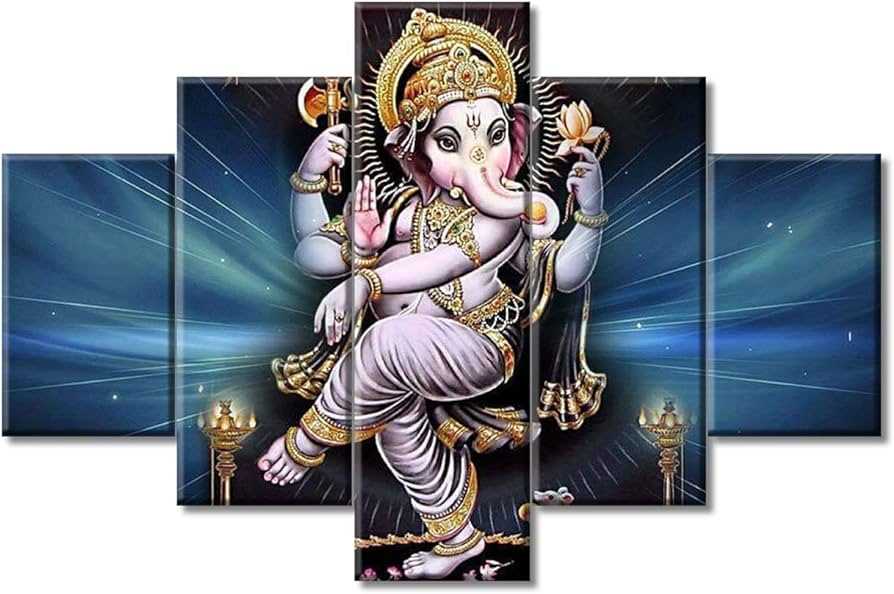
Ganesha holds significant symbolic importance in Hindu culture. His name itself is derived from the Sanskrit words “gana” (multitude) and “isha” (lord), suggesting that he is the leader of the celestial forces. His presence at the beginning of any endeavor is believed to bring success and remove obstacles.
Worship and Festivals
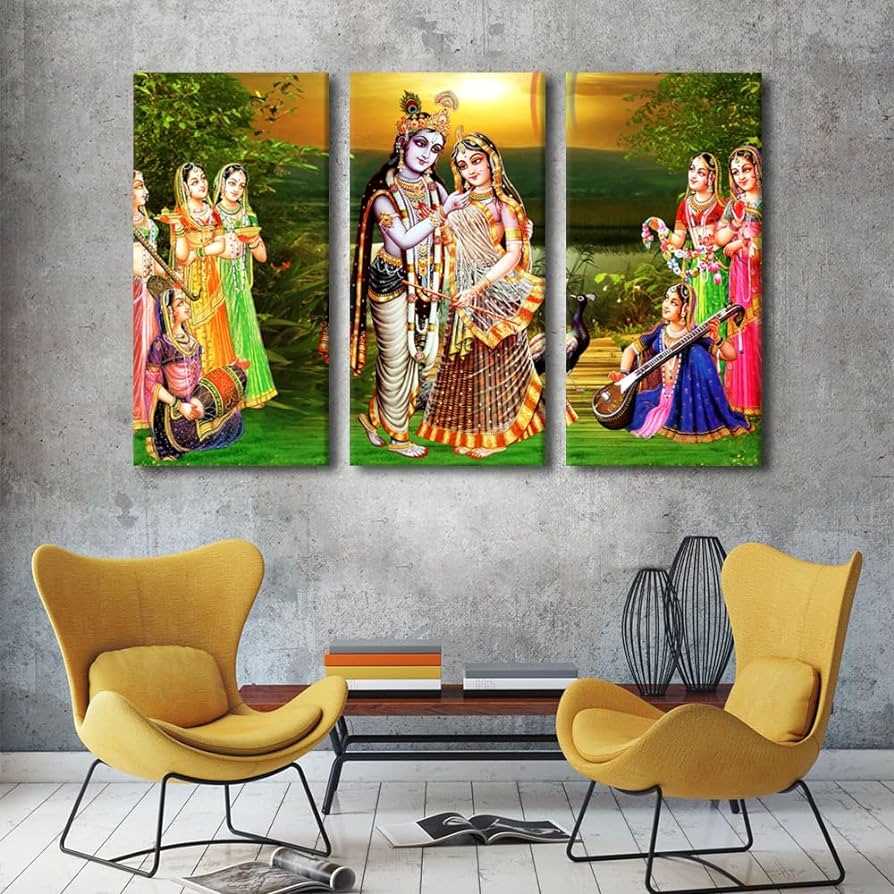
Ganesha is widely worshipped across India and other parts of the world where Hindu communities exist. The festival of Ganesh Chaturthi, dedicated to Ganesha, is one of the most popular and widely celebrated Hindu festivals. During this festival, clay idols of Ganesha are worshipped with great devotion and then immersed in water bodies, symbolizing his return to Mount Kailash, his celestial abode.
Ganesha’s popularity extends beyond the realm of Hinduism and has gained recognition in various cultures and religions. His image can be seen in many forms of art and his influence can be felt in different aspects of life, including art, culture, and spirituality.
Indian Traditional Paintings

India is renowned for its rich cultural heritage and artistic traditions, which are reflected in its traditional paintings. These art forms have evolved over centuries and serve as a window into the diverse cultures and beliefs of the country.
Another prominent traditional painting style is Madhubani painting, which originated in the Mithila region of Bihar. These paintings are done with natural dyes and pigments on handmade paper or cloth. The subjects of Madhubani paintings vary from religious themes to scenes from everyday life, and the art form is characterized by its intricate designs and use of bold and bright colors.
Miniature paintings are another important traditional painting style in India. Originating in the Mughal courts, these small-scale paintings are characterized by their highly detailed and intricate compositions. Miniatures often depict court scenes, portraits, and mythological stories. The art form is known for its fine brushwork, delicate lines, and use of bright pigments.
India’s traditional paintings are not only a reflection of its cultural heritage but also an integral part of its identity. These art forms have been passed down through generations, and each style represents a unique aspect of Indian history and culture. From religious symbolism to storytelling, traditional paintings in India continue to inspire and captivate art enthusiasts all over the world.
| Traditional Painting Style | Origin | Characteristics |
|---|---|---|
| Tanjore painting | Thanjavur, Tamil Nadu | Vibrant colors, rich details, use of gold foil and gemstones |
| Madhubani painting | Mithila, Bihar | Natural dyes, intricate designs, bold and bright colors |
| Kalamkari | Andhra Pradesh, Telangana | Intricate brushwork, use of natural dyes, mythological stories |
| Rajput painting | Rajasthan, Central India | Vibrant colors, delicate brushwork, attention to detail |
| Miniature painting | Mughal courts | Detailed compositions, fine brushwork, bright pigments |
Mural Wall Art: A Brief Overview
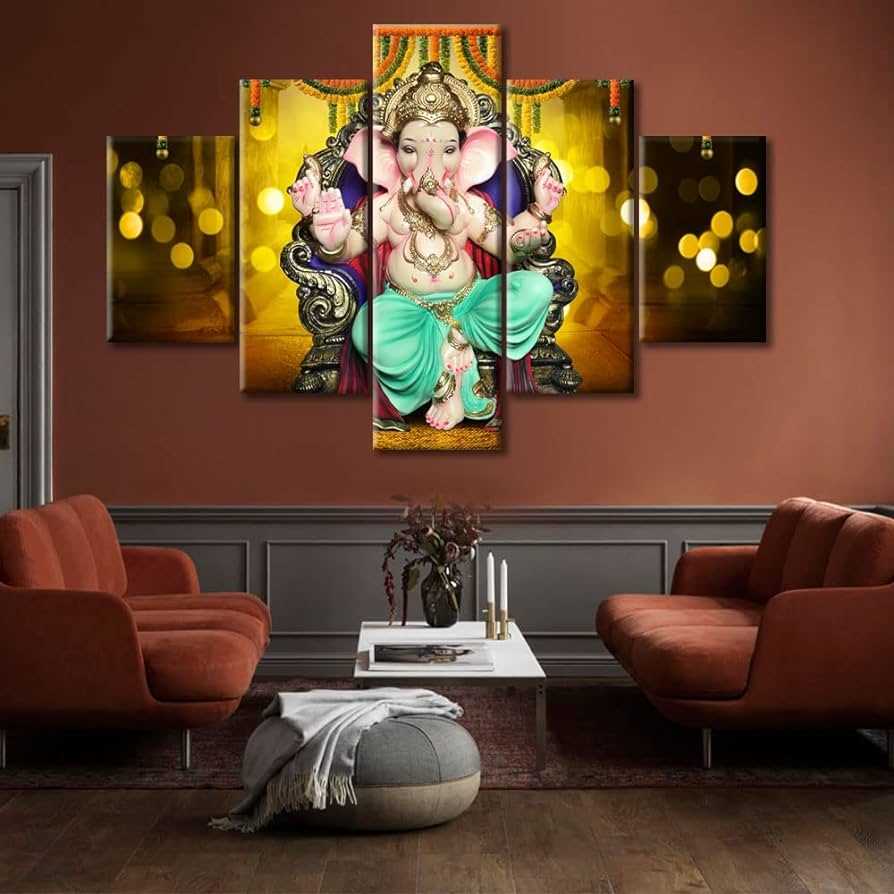
Mural wall art has a rich and diverse history that spans across cultures and centuries. It is a form of artistic expression that involves creating large-scale artworks directly on walls or other permanent surfaces. Often found in public spaces, murals have the power to transform ordinary walls into captivating and thought-provoking displays of creativity.
The Origins of Mural Wall Art

Murals have been an integral part of human history for thousands of years. Some of the earliest known examples of mural art can be traced back to ancient civilizations such as the Egyptians and the Greeks. These cultures used murals to depict religious scenes, tell stories, and commemorate significant events.
Throughout history, murals have also played a significant role in political and social movements. During the Mexican Revolution, for example, renowned artists like Diego Rivera used murals to promote nationalist ideologies and depict the struggles of the working class.
Styles and Techniques
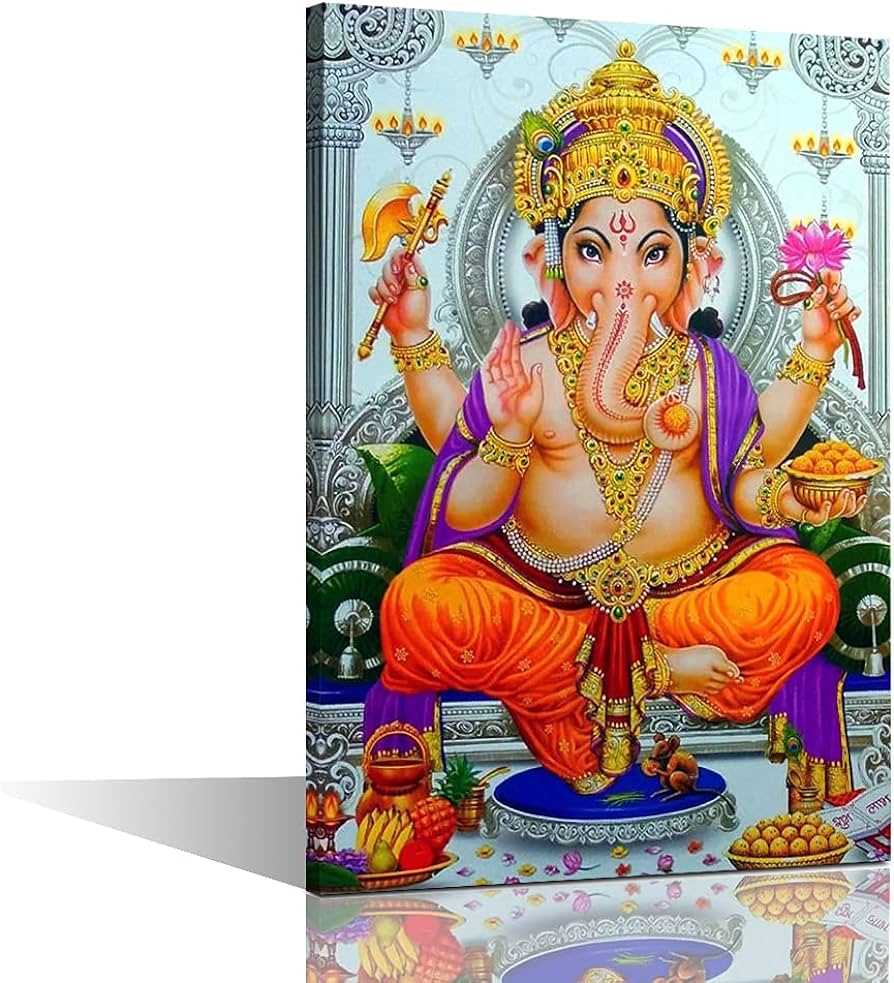
Mural wall art encompasses a wide range of styles and techniques, reflecting the unique visions of the artists who create them. From realistic portraits to abstract designs, murals can take on many different forms.
Some artists use traditional techniques, such as painting with brushes and pigments, while others embrace modern technologies to create their murals, using everything from spray paint to digital graphics.
Mural Wall Art in Contemporary Culture
In recent years, mural wall art has experienced a resurgence in popularity, becoming a prominent feature in cities around the world. Street art festivals and public art programs have allowed artists to showcase their talents and bring vibrancy to urban landscapes.
Mural wall art has also become a medium for social commentary and cultural expression. Many artists use their murals to address important social issues, spark conversations, and celebrate diverse cultures and communities.
Overall, mural wall art serves as a testament to the power of creativity and the impact that visual art can have on a community. It adds beauty to our surroundings, inspires dialogue, and invites us to see the world from new perspectives.
Symbolism in Ganesha Mural Wall Art
One of the most iconic features of Ganesha is his elephant head, which symbolizes wisdom, intellect, and the ability to overcome challenges. The large ears represent the importance of listening and being attentive, while the small eyes highlight the need for perception and observation.
The broken tusk held by Ganesha represents sacrifice and the willingness to give up something valuable for the greater good. It is believed that Ganesha broke his tusk to continue writing the Mahabharata, a Hindu epic, when his pen broke. This act showcases his determination and dedication to knowledge and literature.
The four arms of Ganesha symbolize his immense power and his ability to accomplish multiple tasks simultaneously. In one hand, Ganesha often holds an axe, symbolizing the cutting of attachments and the destruction of ignorance. The noose in another hand represents the power to capture and control negative thoughts and emotions.
Ganesha is also often depicted with a potbelly, which represents abundance, prosperity, and fertility. It is believed that Ganesha consumes the sorrows and difficulties of his devotees, transforming them into positive energy and blessings.
In addition to these specific elements, the overall composition of Ganesha mural wall art often includes vibrant colors and intricate patterns. These elements add depth and richness to the artwork, enhancing its visual appeal and significance.
| Symbol | Meaning |
| Elephant Head | Wisdom, intellect, and the ability to overcome challenges |
| Large Ears | Importance of listening and being attentive |
| Small Eyes | Perception and observation |
| Broken Tusk | Sacrifice and willingness to give up something valuable |
| Four Arms | Immense power and ability to accomplish multiple tasks |
| Axe | Cutting of attachments and destruction of ignorance |
| Noose | Capture and control of negative thoughts and emotions |
| Potbelly | Abundance, prosperity, and fertility |
Ganesha mural wall art not only enhances the visual appeal of a space but also serves as a reminder of the deity’s powerful qualities and the symbolism associated with them. Through these murals, artists pay homage to Ganesha and invite blessings and positive energy into the surroundings.
Inspiration from Indian Culture

The Ganesha mural wall art draws inspiration from Indian culture, capturing the beauty and symbolism of this beloved deity. The intricate details and vibrant colors depict the essence of Indian art, which has a deep connection to spirituality and ancient traditions.
Spirituality
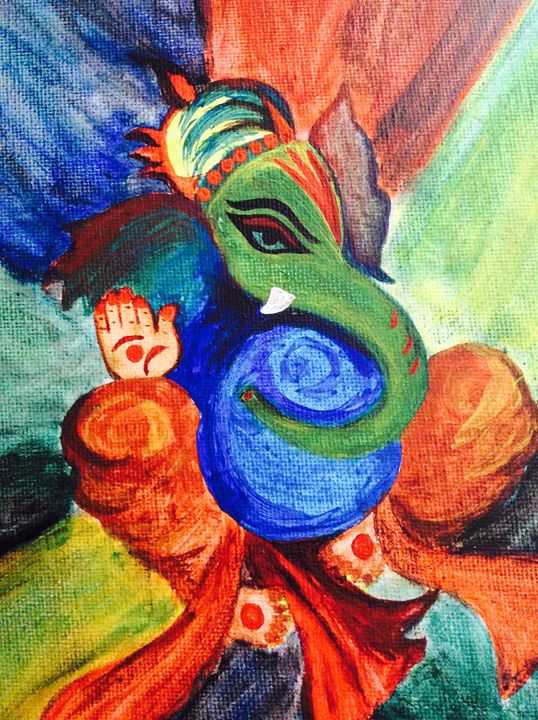
Indian culture is deeply rooted in spirituality, and it is often reflected in its art and architecture. The Ganesha mural wall art embodies the spiritual aspect of Indian culture, reminding us of the importance of inner wisdom and connection to the divine. The image of Lord Ganesha is a symbol of auspiciousness and good fortune, and having it as a part of one’s home or space is believed to bring blessings and positivity.
Ancient Traditions

Indian culture has a rich heritage of ancient traditions that have been passed down through generations. The Ganesha mural wall art pays homage to these traditions, with its intricate designs and motifs inspired by ancient Indian art forms such as Madhubani and Warli. These art forms have a long history and are still practiced by artists today, preserving the cultural heritage of India.
The Ganesha mural wall art is not just a piece of artwork; it is a representation of the deep-rooted cultural traditions and spiritual beliefs that define Indian culture. It serves as a reminder of the beauty and richness of Indian art and culture, and the inspiration it can provide to artists and individuals around the world.
The Technique and Process

Creating a Ganesha mural wall art involves a meticulous and skilled process that requires patience and expertise.
The artist begins by carefully planning the design and layout of the mural, taking into consideration the size and shape of the wall. Once the design is finalised, the artist starts by preparing the wall surface, ensuring it is clean and smooth.
Next, the artist applies a base coat of paint to the wall, which serves as the background for the mural. This base coat helps to enhance the vibrancy and longevity of the artwork.
Once the base coat is dry, the artist starts sketching the outline of Ganesha using pencil or charcoal. This step is crucial as it sets the foundation for the entire artwork.
After the outline is complete, the artist begins layering the colours using high-quality acrylic paints. This process requires careful blending and shading techniques to bring depth and texture to the artwork.
Throughout the painting process, the artist pays close attention to the intricate details of Ganesha, such as his multiple arms, elephant head, and various symbolic elements. This attention to detail brings the artwork to life and captures the essence of Ganesha’s divine presence.
Once the painting is finished, the artist adds final touches and seal the artwork with a protective varnish to ensure its longevity and resistance to fading.
The technique and process of creating a Ganesha mural wall art requires dedication, skill, and creativity. It is a labour of love that celebrates the rich culture and tradition associated with Ganesha in art and mythology.
Popular Locations for Ganesha Mural Wall Art
Ganesha mural wall art has gained popularity in various cities around the world. This beautiful form of street art can be found in several iconic locations, attracting locals and tourists alike. Here are some of the popular locations where you can find Ganesha mural wall art:
Mumbai, India: Mumbai, the birthplace of Ganesha, is a hub of street art. The city is adorned with vibrant Ganesha murals on its buildings and walls, showcasing the rich cultural heritage of the deity.
Bali, Indonesia: Bali is known for its spiritual and artistic atmosphere. Many artists have created stunning Ganesha mural wall art in this tropical paradise. You can find these incredible artworks in temples, art galleries, and even on the streets.
London, United Kingdom: London is a melting pot of different cultures, and Ganesha mural wall art has found its place among the city’s diverse street art scene. From colorful murals in Shoreditch to graffiti art in Camden, London offers a plethora of Ganesha-inspired artworks.
Melbourne, Australia: Melbourne is famous for its vibrant street art scene, and Ganesha murals can be found throughout the city. The laneways of Melbourne are filled with mesmerizing Ganesha artworks, often blending Hindu traditions with contemporary street art styles.
Miami, United States: Miami’s Wynwood Walls, known for its world-class street art, features stunning Ganesha murals. Artists from around the world have contributed to the vibrant Ganesha art scene in Miami, making it a must-visit destination for art enthusiasts.
Note: When visiting these locations, please remember to respect the artwork and the surrounding areas. Take photographs, but avoid touching or damaging the murals. Additionally, be mindful of any local regulations regarding street art and public spaces.
Whether you’re an art lover, a spiritual seeker, or simply appreciate the beauty of Ganesha, exploring these popular locations for Ganesha mural wall art will undoubtedly be a memorable experience.
Influence and Impact of Ganesha Mural Wall Art
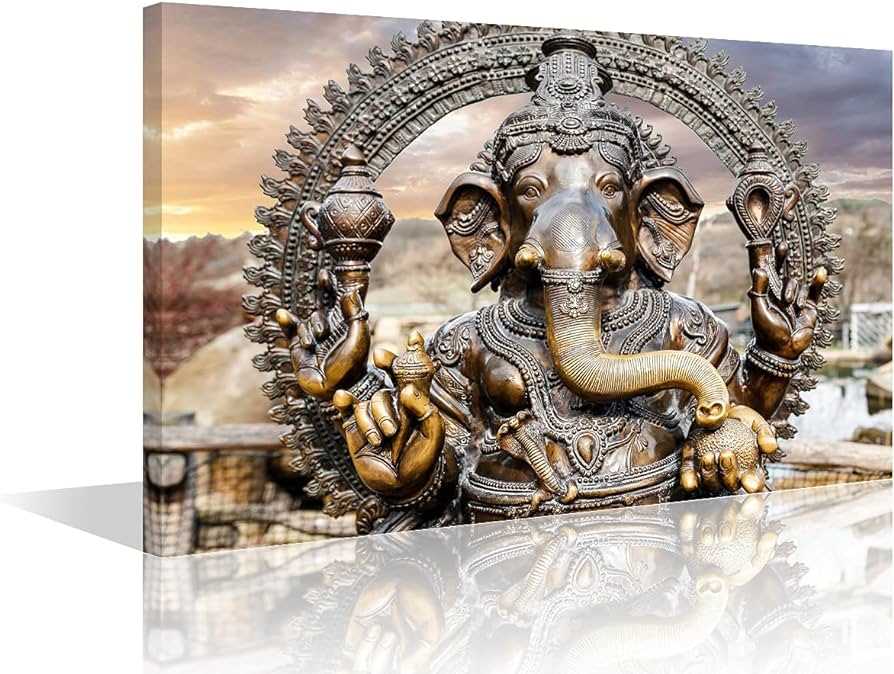
Ganesha mural wall art has had a profound influence and impact on the world of art and culture. This ancient and iconic form of art holds great significance and symbolism, and has left a lasting impression on both artists and art enthusiasts.
Spiritual and Cultural Significance
These murals not only add beauty to the surroundings, but also create a sacred and meditative atmosphere. The vibrant colors and intricate details of Ganesha mural wall art are believed to inspire positive energy and bring good fortune to those who witness them.
Inspiration for Artists
Ganesha mural wall art has provided inspiration and influence to countless artists around the world. Its unique combination of ancient traditions, intricate designs, and spiritual symbolism has captivated the imaginations of artists from various backgrounds and styles.
Many artists have been drawn to the challenge of creating their own interpretations of Ganesha in mural form, exploring different techniques and mediums to bring this divine figure to life. The versatility of Ganesha mural wall art allows artists to experiment with various styles, colors, and textures, resulting in a diverse range of artistic expressions.
Moreover, the storytelling aspect of Ganesha mural wall art has inspired artists to create narratives and depict different episodes from Hindu mythology. The tales of Ganesha’s adventures and wisdom provide rich material for artists to reinterpret and present in their own unique ways.
Appreciation and Collecting Ganesha Mural Wall Art
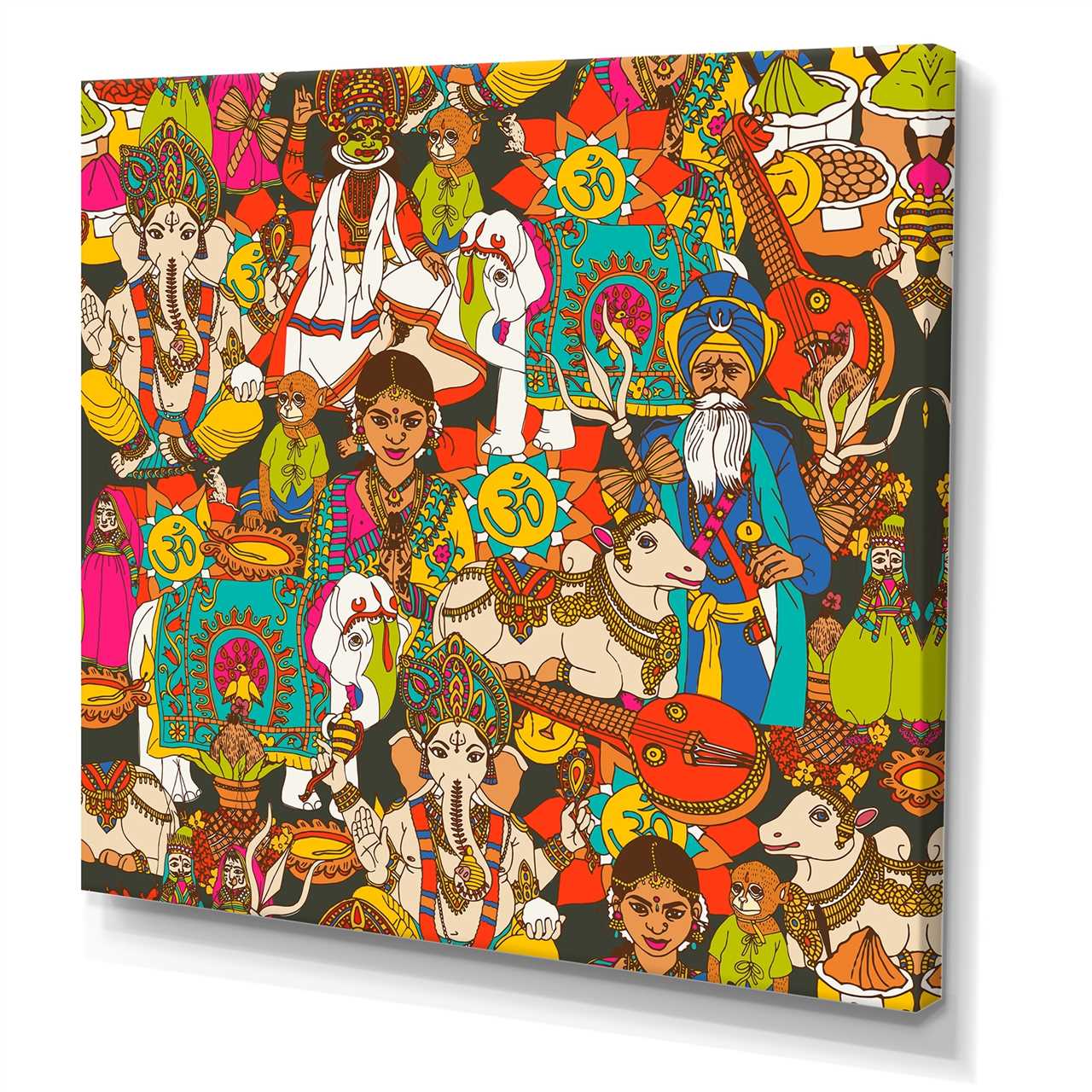
Appreciating Ganesha Mural Wall Art is not only about enjoying the beauty of the artwork, but also understanding its cultural and artistic significance. Ganesha is a Hindu deity who is believed to be the remover of obstacles and the god of intellect and wisdom. His image is often depicted in various forms of art, including mural wall art.
Understanding the Symbolism

Ganesha Mural Wall Art often showcases the divine qualities of Ganesha, such as his elephant head, four arms, and the presence of various symbolic elements. Each of these elements holds a deeper meaning and represents different aspects of Ganesha’s personality and powers. By studying the mural art, one can gain a deeper understanding of these symbols and their significance in Hindu culture.
Collecting Ganesha Mural Wall Art
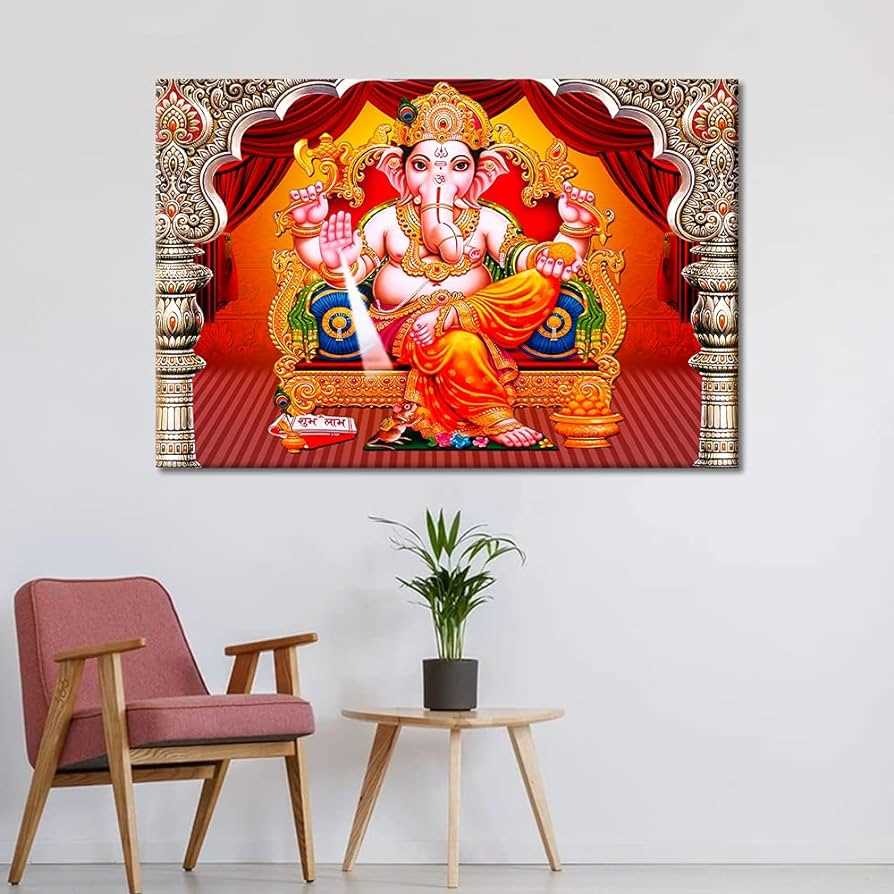
Collecting Ganesha Mural Wall Art can be a rewarding hobby for art enthusiasts and spiritual seekers. When collecting, it is important to consider the authenticity and quality of the artwork. Genuine Ganesha Mural Wall Art is often hand-painted by skilled artists who have a deep knowledge of Ganesha and Hindu mythology. Investing in original pieces ensures that the artwork carries the essence and energy of the artist’s creation.
Additionally, collectors should also pay attention to the materials used in the creation of the mural wall art. High-quality materials, such as canvas or durable paint, ensure that the artwork remains vibrant and intact for years to come.
Furthermore, Ganesha Mural Wall Art comes in various sizes and styles. From large-scale murals that can cover an entire wall to smaller pieces that can be displayed on a tabletop, there are options to suit different preferences and living spaces. Collectors can choose the size and style that best complements their home decor and personal aesthetic.
| Benefits of Collecting Ganesha Mural Wall Art |
|---|
| 1. Aesthetically pleasing and visually captivating |
| 2. Adds a spiritual and cultural touch to any space |
| 3. Provides a deeper connection to Hindu mythology and spirituality |
| 4. Can serve as a focal point or conversation starter in a room |
| 5. Serves as a reminder of the qualities and teachings of Ganesha, such as perseverance, wisdom, and overcoming obstacles |

I am a mural enthusiast and a fervent admirer of street art. Rather than creating murals myself, I am passionate about collecting them. My love for street art knows no bounds. I am dedicated to curating and cherishing these artworks that grace the streets. My collection stands as a testament to my profound appreciation for this form of artistic expression.
read about me



